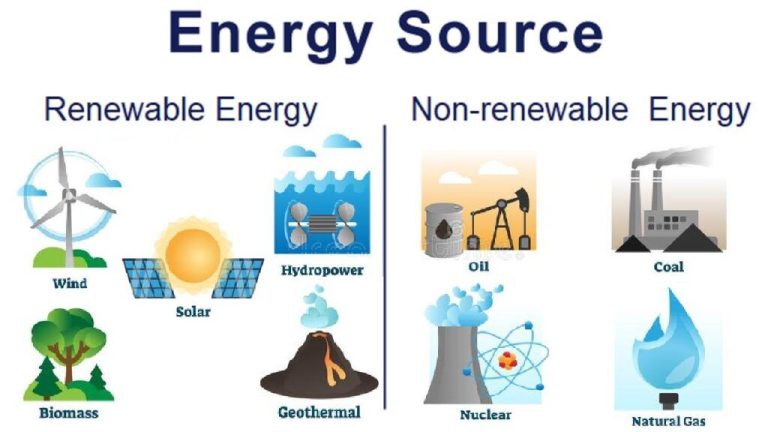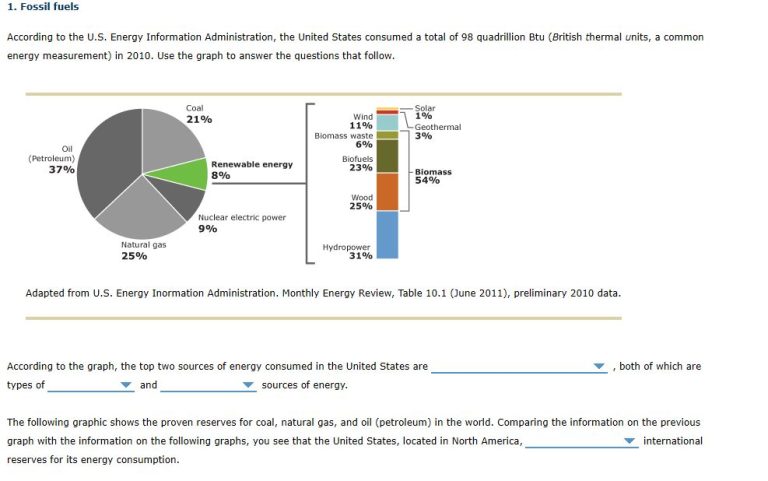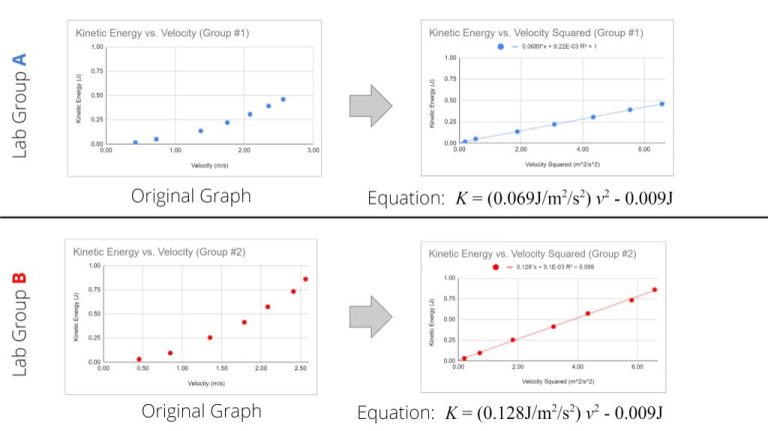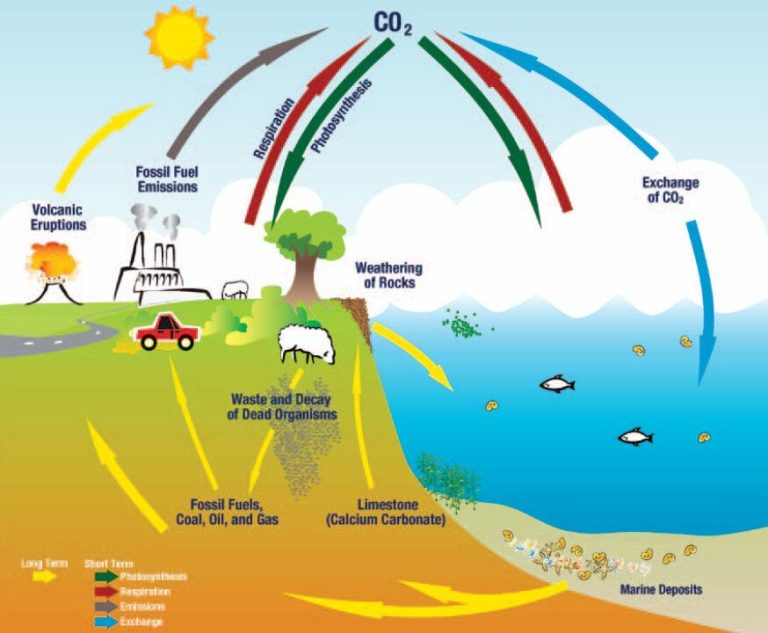What Is The Value Of 1 Kilowatt-Hour?
A kilowatt-hour (kWh) is a unit of energy that represents the amount of electricity consumed over time. Specifically, one kilowatt-hour is equal to the energy consumed at a rate of 1,000 watts for one hour. Knowing how much energy appliances and devices use in kilowatt-hours is important for understanding your home’s electricity consumption.
Measuring electricity usage in kilowatt-hours allows consumers to calculate the cost of running various appliances and equipment. It also assists utility companies in billing accurately for the amount of energy delivered. Understanding the kilowatt-hour usage of devices and appliances helps consumers manage their electricity consumption and potentially lower their energy bills through conservation and efficiency.
Electricity Usage
The average U.S. household consumes about 900 kWh per month. This electricity usage powers our modern lifestyles through lighting, appliances, electronics, heating and cooling systems. The largest electricity draws come from major appliances like refrigerators, clothes washers and dryers, dishwashers, and HVAC systems. A typical refrigerator uses about 100 kWh per month, while an older inefficient model can use up to 150 kWh. Clothes dryers and central air conditioning systems can each use 200-500 kWh per month depending on efficiency and usage patterns. Other major appliances like dishwashers, clothes washers and cooking appliances have smaller but still significant electricity demands. In total, major appliances account for about 30% of a household’s energy use.
Cost
The cost of 1 kilowatt-hour (kWh) can vary significantly depending on location, provider, time of use, and other factors. However, the average retail price for electricity in the United States is around 13 cents per kWh for residential customers. This means that on average, 1 kWh of electricity costs about 13 cents for homeowners. However, electricity rates do differ across states and utility service territories.
For example, residents of Louisiana pay around 9 cents per kWh on average, which is among the lowest rates in the country. By contrast, residents of Hawaii pay over 33 cents per kWh, which is the highest rate nationwide. There are many reasons for these cost differences between states, including fuel sources for power plants, regulations, and transmission infrastructure. So the value of 1 kWh when it comes to cost really depends on where you live.
There are also time-of-use rate plans available in many areas, where electricity costs more during peak hours like late afternoon and early evening. For instance, 1 kWh may cost 20 cents during peak times but only 10 cents overnight when demand is lower. This provides an incentive for consumers to shift electricity usage to off-peak times to save money. The time when electricity is consumed is an important factor in the price per kWh.
Environmental Impact
The environmental impact of electricity usage depends significantly on how that electricity is generated. Different energy sources have vastly different carbon footprints. Burning fossil fuels like coal and natural gas releases greenhouse gases like carbon dioxide (CO2) into the atmosphere, contributing to climate change.
According to the US Energy Information Administration, coal-fired power plants in the United States emit about 0.9-1kg of CO2 per kWh generated. Natural gas emits around 0.4-0.5kg CO2/kWh. In contrast, renewable sources like solar, wind and hydro emit very little to no CO2.
With climate change accelerating, many countries are aiming to transition electricity generation away from fossil fuels and towards renewables. Reducing electricity consumption and improving energy efficiency are also important ways to curb emissions. The environmental impact of each kilowatt-hour depends on how it was produced – cleaner sources lead to less emissions and climate impact.
Consumption Statistics
Electricity consumption varies widely across countries and regions. According to data from the World Bank, the United States had the highest per capita consumption in 2019 at 12,842 kWh per person. Canada and Norway also had high per capita consumption at over 15,000 kWh per person. Many developing countries have much lower per capita usage, such as Haiti at 35 kWh per person and Ethiopia at 100 kWh per person.
Globally, total electricity consumption continues to rise each year. In 2019, worldwide electricity consumption reached 23,816 TWh, up 2.8% from 2018 levels. This growth is driven by rising populations, economic development, and access to electricity in developing countries. However, the growth rate in electricity usage has started to slow in many advanced economies like the US and western Europe due to improvements in energy efficiency and saturation of major appliances.
Looking at historical trends, global electricity consumption increased enormously over the 20th century. In 1900, worldwide electricity use was just 100 TWh annually. By 2000, it had climbed to 15,292 TWh per year. The pace of electrification underpinned rapid economic development and technological progress across the world. Today, access to reliable and affordable electricity is considered essential for modern standards of living.
Generation
Electricity can be generated from a variety of energy sources. The most common sources are:
- Fossil fuels like coal, oil and natural gas – These non-renewable sources account for about 65% of electricity generation globally. They produce high emissions of greenhouse gases like carbon dioxide.
- Nuclear power from uranium – This provides about 10% of electricity worldwide. Nuclear reactors produce no direct greenhouse gas emissions, but there are concerns around radioactive waste disposal.
- Hydropower from flowing water – Hydropower supplies around 16% of the world’s electricity. It is renewable and produces minimal emissions.
- Wind power – Wind turbines convert the kinetic energy of wind into electricity. Wind provided about 5% of global electricity in 2018. It produces no emissions during operation.
- Solar power from photovoltaic panels – Solar PV is the fastest growing renewable source, but still only accounted for 2.4% of global electricity in 2018. It generates no emissions.
- Bioenergy from plant matter – Burning biomass provides about 2% of global electricity. The main emissions are carbon dioxide, but since plants absorb CO2 as they grow, bioenergy can be low-carbon if crops are replanted.
The share of fossil fuels in electricity generation is declining as renewable sources like solar and wind expand. But coal still produced 38% and gas 23% of the world’s electricity in 2018. The emissions from fossil fuel generation contribute significantly to climate change and air pollution.
Energy Efficiency
There are many ways that households can reduce their energy consumption and become more efficient. Here are some tips:
Use Energy Efficient Appliances and Light Bulbs

When it’s time to replace home appliances and lighting, choose energy efficient models. Look for the Energy Star label which indicates appliances that meet strict efficiency guidelines set by the EPA. Energy Star appliances include refrigerators, dishwashers, washing machines, and LED light bulbs. Using energy efficient appliances and lighting can reduce energy usage significantly.
Seal Air Leaks
Sealing air leaks around doors, windows, and openings can improve home energy efficiency. Weather stripping and caulk are inexpensive and easy solutions. Sealing air leaks reduces drafts and helps the home maintain the desired temperature.
Increase Insulation
Adding insulation to attics, basements and walls reduces heat loss in winter and heat gain in summer. Proper insulation makes the heating/cooling system more efficient. Insulation should be installed based on regional climate conditions and the age of the home.
Upgrade HVAC Equipment
Replacing old heating and cooling systems with newer high efficiency models can significantly reduce home energy usage. New Energy Star qualified systems operate at higher efficiencies and keep the home comfortable while using less energy.
Smart Meters
Smart meters are the next generation of energy meters that provide two-way communication between the meter and the utility company. Unlike old analog meters that only measure total energy usage, smart meters can monitor and record electricity usage in real-time.
Smart meters work by continuously measuring and transmitting electricity usage data through a communication network to the utility provider. This allows both the utility and customers to monitor detailed energy consumption patterns and receive alerts for abnormal usage.
The benefits of smart meters include:
- Real-time energy monitoring for customers – People can track their hourly, daily or monthly electricity usage through online portals or in-home displays.
- Remote reading for utilities – Utilities get readings directly without visiting homes, leading to operational efficiencies.
- Outage detection – Utilities can identify outages remotely based on power loss data.
- Tiered pricing programs – Time-of-use pricing and peak demand management is enabled by smart meters.
By providing granular consumption data, smart meters empower both utilities and consumers with information to better understand energy usage patterns and make informed decisions. Their two-way communication and automation capabilities are paving the way for smarter energy grids and services.
The Future
As the world shifts towards renewable energy and away from fossil fuels, the value of a kilowatt-hour is likely to change. Renewable energy sources like solar and wind power are becoming cheaper and more efficient. Many governments are also implementing policies to encourage renewable energy growth and reduce carbon emissions. Some key trends that will shape the future value of electricity:
– Continued declines in renewable energy costs, especially solar power, will make clean electricity cheaper in many areas.
– Improvements in energy storage technology, like batteries, will make renewables more viable and flexible.
– Smart grids, demand response technology, and smart meters will help manage electricity demand more efficiently.
– Time-of-use pricing and real-time pricing will better reflect demand and generation costs throughout the day.
– Carbon pricing and emissions trading schemes will help account for the environmental costs of fossil fuel energy.
– Electrification of transportation through electric vehicles will increase electricity demand overall.
While the exact value is uncertain, it’s likely the future kilowatt-hour will be powered by an increasingly clean, smart electric grid. More dynamic pricing and a shift towards renewables will change how we produce and consume electricity.
Conclusion
In summary, understanding the value of a kilowatt-hour is important for several reasons. It helps consumers understand electricity costs and make informed choices to reduce costs. Knowing the environmental impact of energy use can motivate more sustainable habits. Being aware of average energy consumption provides a benchmark for comparison. The way electricity is generated – whether from fossil fuels or renewable sources – also determines the environmental footprint of each kilowatt-hour. As technology advances, smart meters and energy-efficient appliances allow consumers to better track and manage their electricity usage. Looking ahead, the goal should be to transition to clean energy sources while reducing overall consumption through conservation and efficiency efforts. Understanding the true value of a kilowatt-hour is key for making progress.
By analyzing the costs, environmental impact, consumption statistics, generation sources, and potential for efficiency, we gain a deeper appreciation for the importance of each unit of electricity. This knowledge empowers us to take responsibility for our energy use and make sustainable choices. The value of a kilowatt-hour extends far beyond the electric bill – it represents our ability to reduce our carbon footprint and build a more sustainable future.






